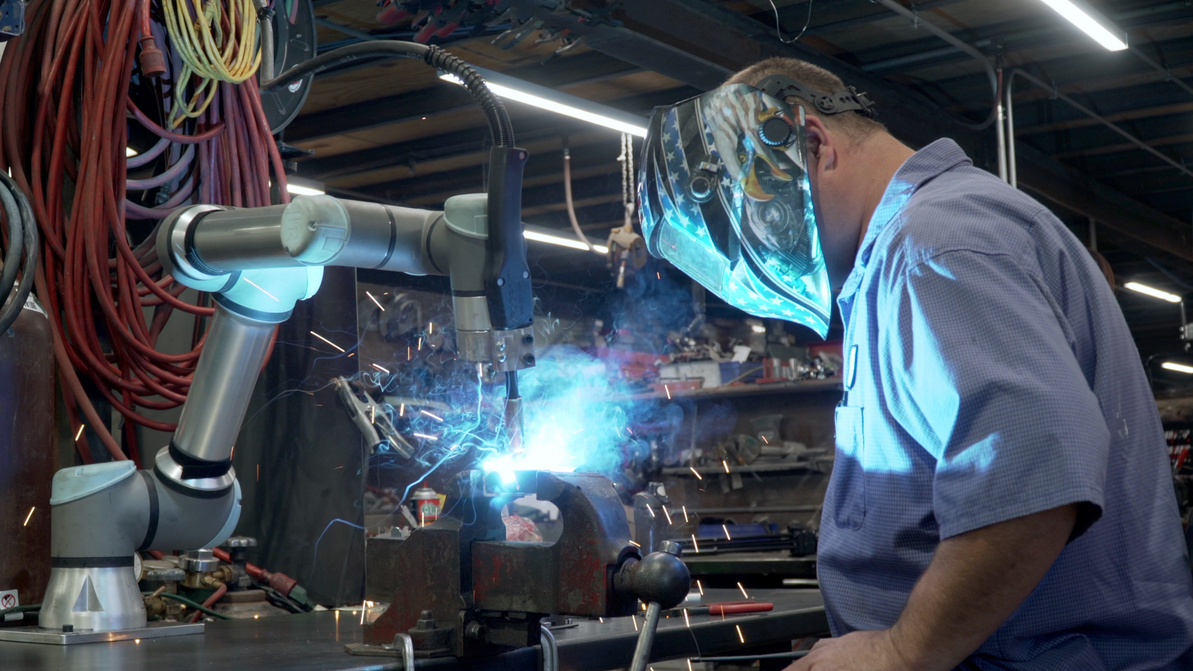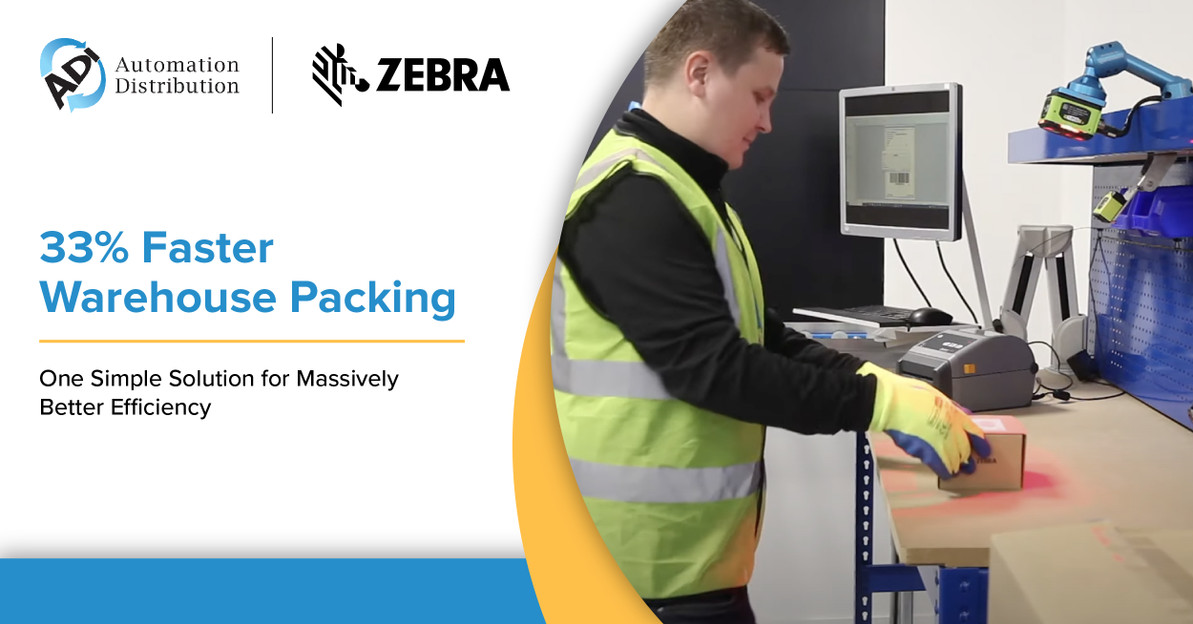Collaborative Robots Allow Workers to Pursue Value-Added Opportunities
Eliminating human error from manufacturing is one of the primary goals of industrial automation. Advances in robotic technology have introduced a more flexible, less expensive robot that mimics the actions of a human.
Traditional robots are typically single-purpose uses, such as stacking pack boxes on a pallet. New collaborative robots can be programmed to perform a variety of tasks and can be easily moved around a factory floor when a change is needed and do not require a complete floorplan change to deploy. Traditional robots also typically require highly-skilled, highly-paid programming engineers whereas collaborative robots are akin to operating a smartphone.
Collaborative robots are safer to be around and in many cases can work safely alongside their human counterparts while providing a speedy return on investment. Cobots can tackle tasks such as packaging, saving employees from backbreaking manual labor or tasks subject to repetitive strain injuries. In the medical device field, poor packaging can be detrimental to the effectiveness of the product and could result in severe consequences such as failing to get the product to market or causing patient injury.
Cobots enable manufacturers to make constant adjustments based on changing legal requirements and demand. Universal Robots collaborative robots are designed to meet the strict codes of the ISO, dictating the quality guidelines for the medical device industry.
Collaborative robots are intended to make the industrial workplace a safer environment while also allowing human workers to tackle tasks not easily automated. Since they require little technical training and no programming or engineering skills, collaborative robots are an excellent investment for manufacturers looking for simplified automation processes.
Recent Posts
-
Using Scan Tunnels to Track, Sort and Route Warehouse Packages
If you’re using conveyor lines to move products, packages and shipments through your warehouse, the …Apr 17th 2024 -
Embracing Collaboration: How Universal Robots Transformed DeAngelo Marine Exhaust
When the welding robots made their debut at DeAngelo Marine Exhaust, there was a mix of excitem …Apr 11th 2024 -
How to Speed Up Your Warehouse Packing by 33% with Machine Vision
Packing benches are some of the busiest areas of most warehouses, with thousands of items to pack i …Apr 4th 2024




